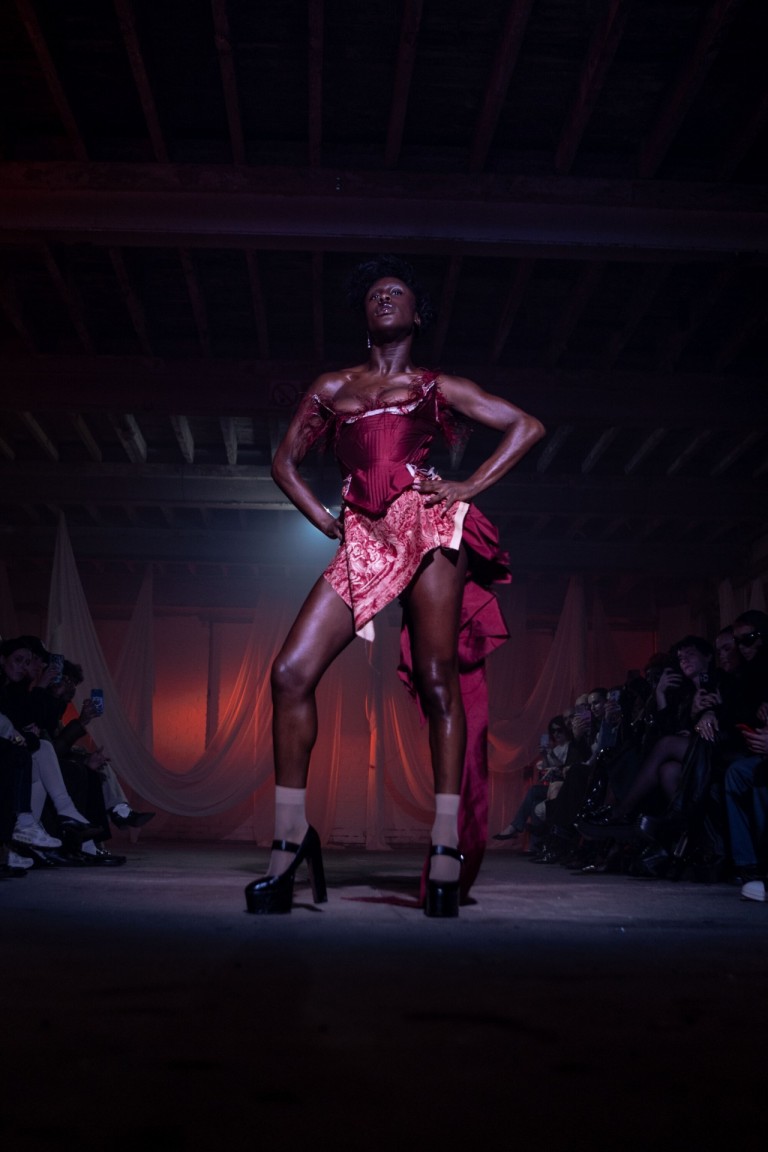“Life is about being theatrical and being too much, otherwise… what’s the point?” asks Brian De Carvalho. The young designer’s debut catwalk collection ‘Tormentum’ certainly lived up to this mantra, taking inspiration from period fashion to create an ode to the struggles of the queer community.
Almost exactly 7 years ago, the then 21 year old Brian De Carvalho was posting on his WordPress blog about the excitement of attending London Fashion Week for the very first time and uploading photos of early sartorial creations for his Fine Arts degree at University of Westminster. Even at the beginning of his fashion design journey an attraction to a theatrical, yet punk aesthetic was obvious – a deepdive into Brian’s early work will turn up looks featuring draped black tulle, feathers and laced up detailing. However, it was not until lockdown that De Carvalho found his signature style. Stuck indoors, Brian took to the family curtains and did
something he always wanted to do – he recreated an 18th century corset. Social media did the rest. All of the sudden Brian De Carvalho was being approached by stylists, buyers and magazines keen to shoot his instantly recognisable designs. His corseted creations with characteristic elongated horns framing the bust have since been featured in Sam Smith’s music video “Unholy” and adorned countless LGBTQ+ icons including Amanda Lepore, Rebecca Black and Bimini.
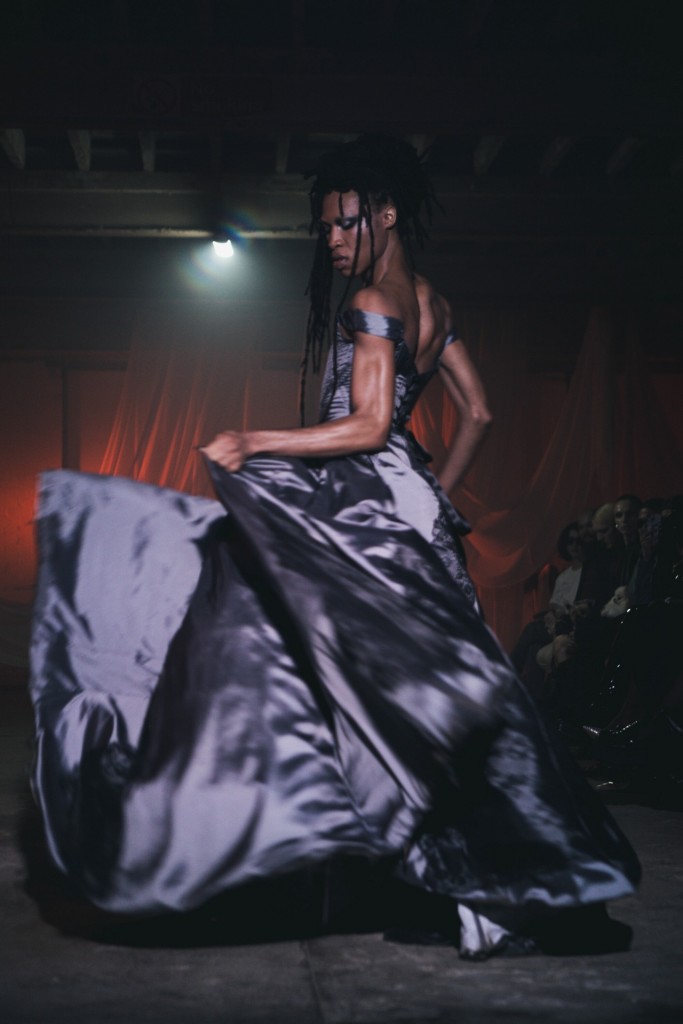
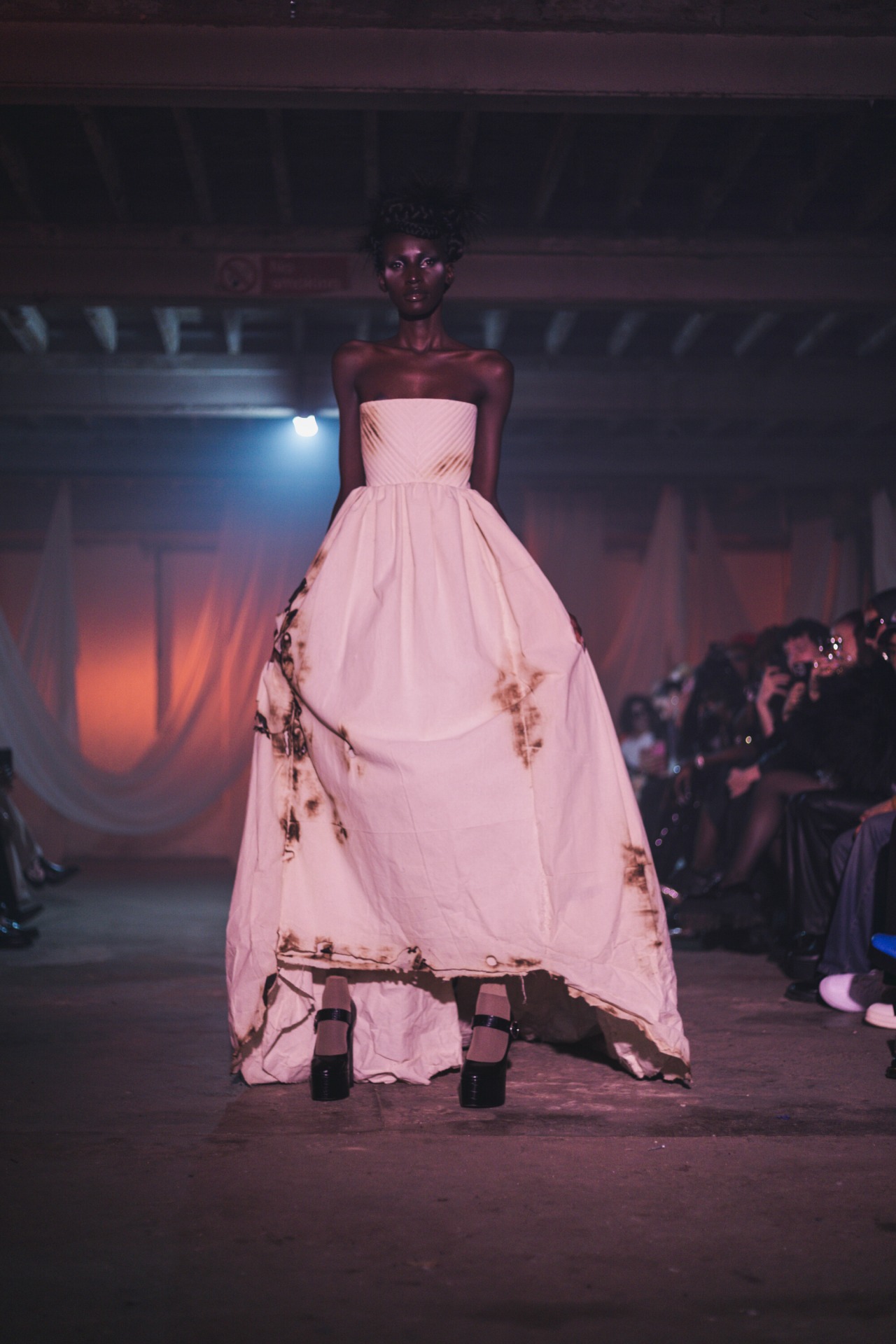
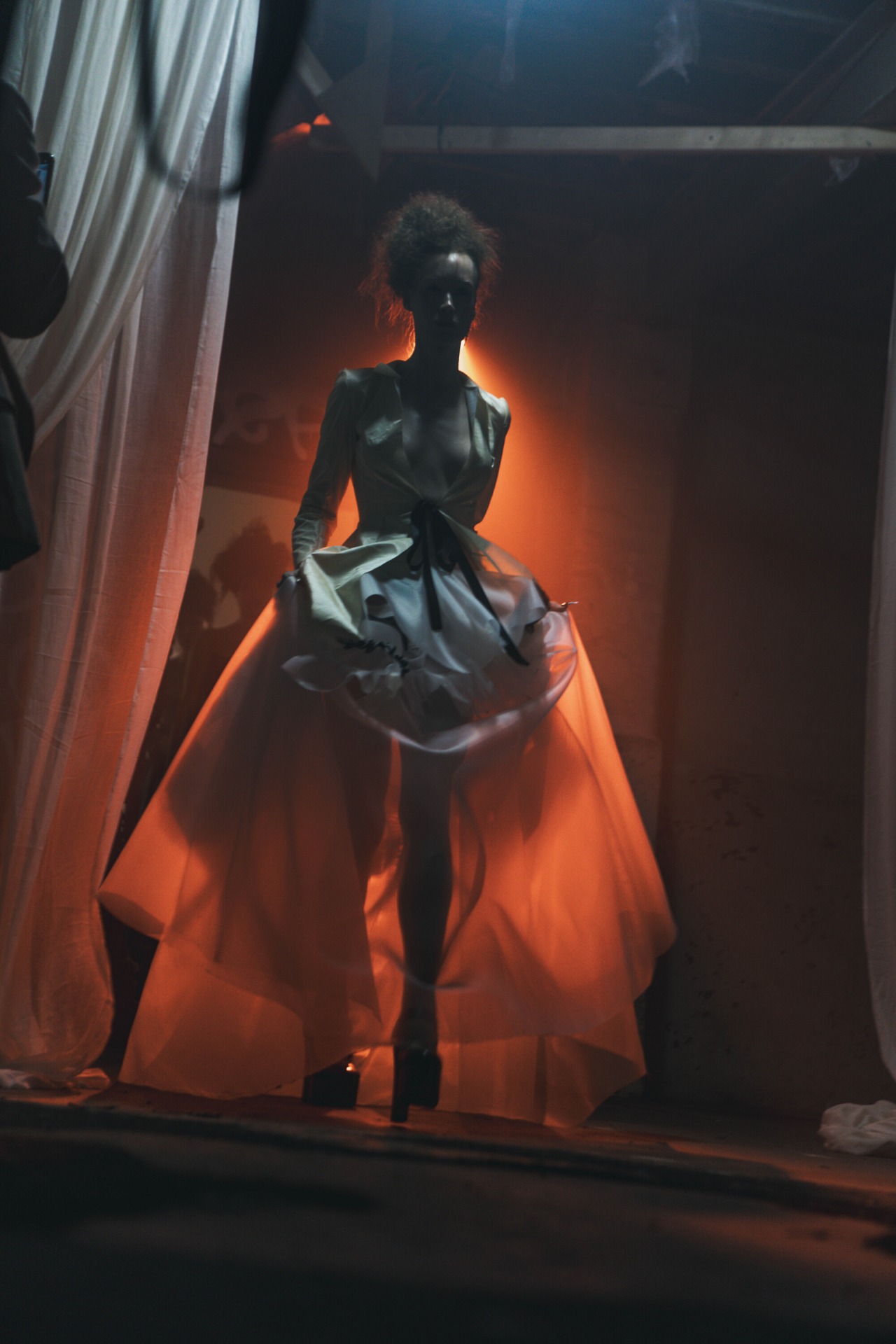
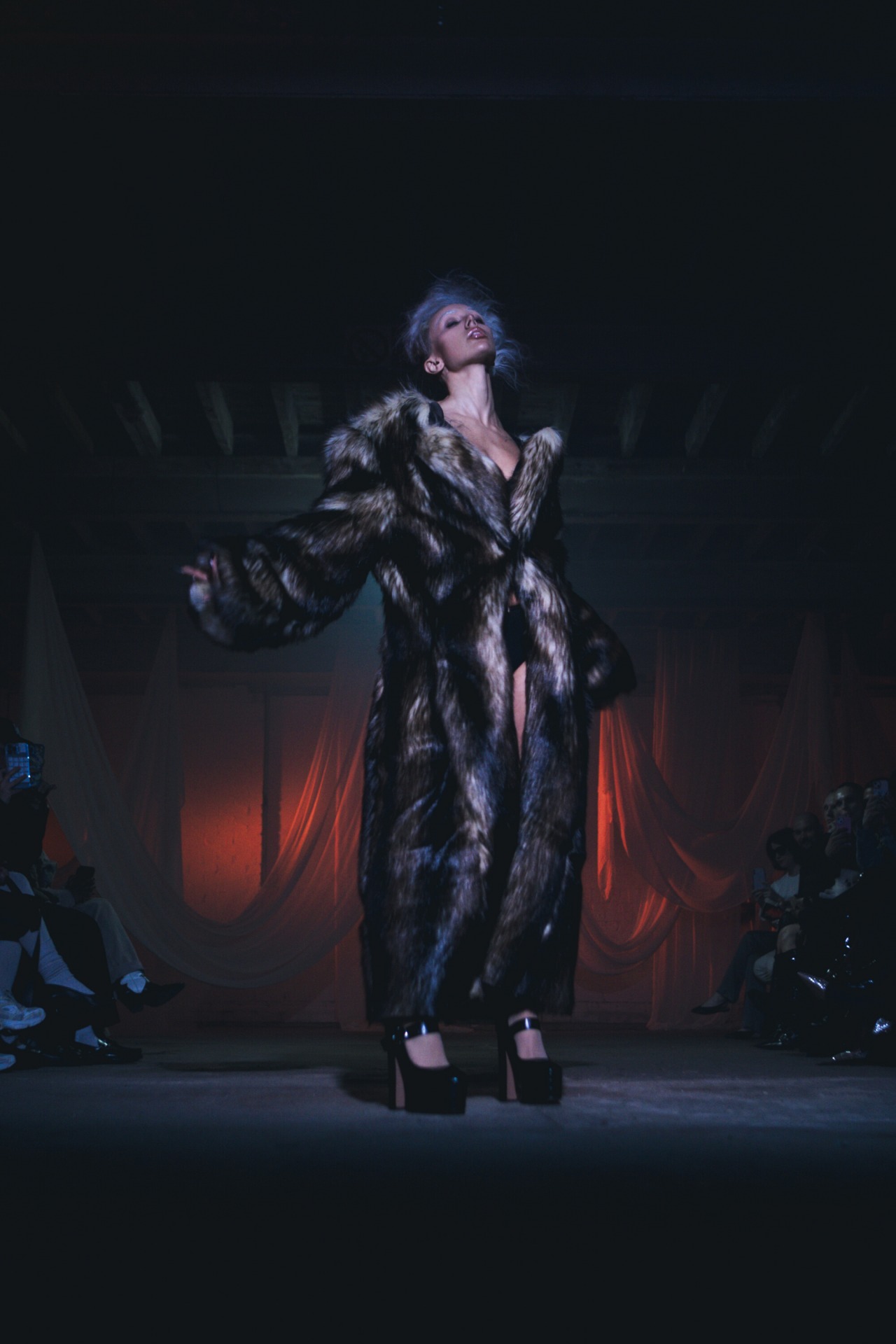
This season saw De Carvalho showcase his highly anticipated debut catwalk collection ‘Tormentum’. Guests found themselves on the fear side of the love and fear spectrum of LFW venues, with a foreboding red glow emanating from the former industrial laundrette in Bermondsey, complete with authentic graffiti and barbed wire hanging haphazardly above the entrance. Raw floors, exposed brick and decommissioned pipes were softened thanks to the addition of draped fabric, mimicking the draping of De Carvalho’s dresses. With the designer citing the juxtaposition of glamour and harshness as a continuous source of inspiration, models
navigated the dilapidated warehouse in gorgeously opulent outfits worthy of a Club Kid Marie Antoinette. A dusting of strategically applied white blush and thin silver eyebrows by Irish MUA Aoife Cullen were a modern nod to the past.
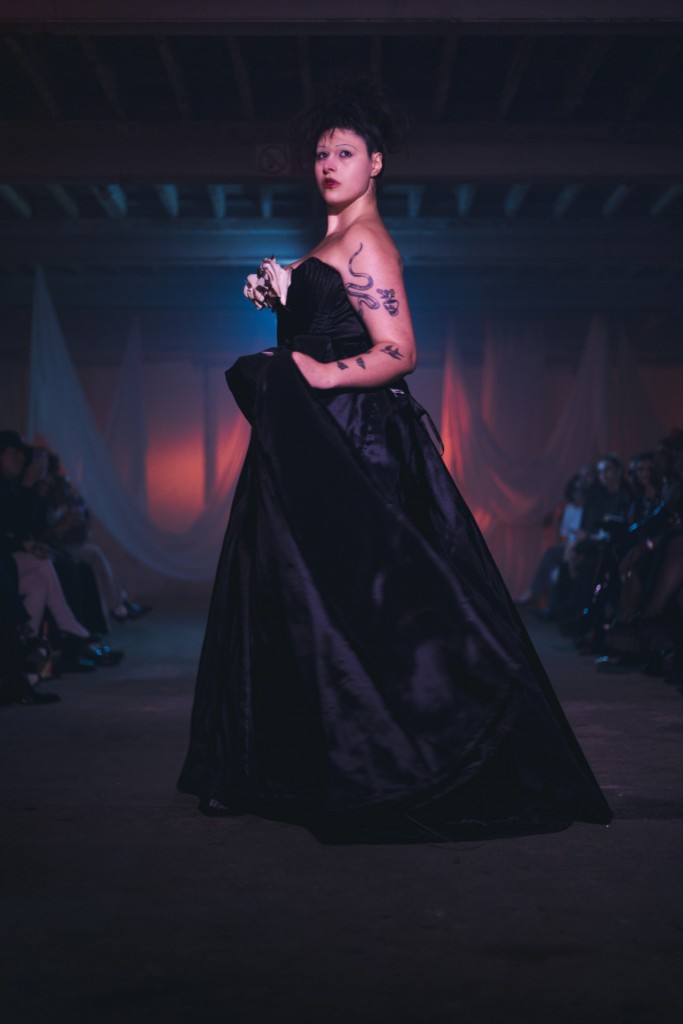
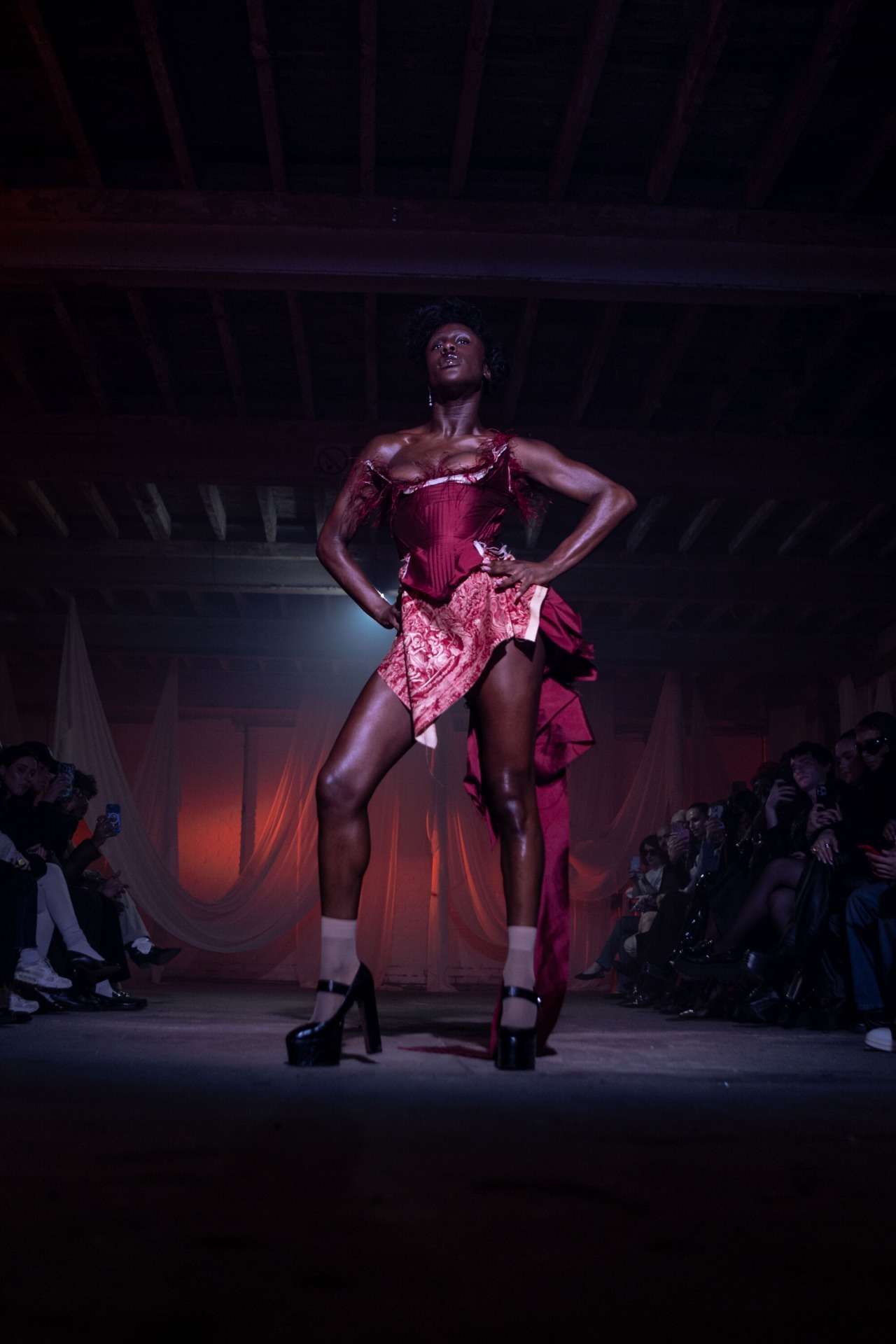
In classic De Carvalho style, gowns, corsets and cinched waists ruled the runway, feminine forms flirting with burnt fabric and intentionally raw edges. Beyond traditional full skirts, De Carvalho included structured mini dresses with unfinished hems or embellishments in the form of razor blades. Another unexpected triumph came early on in the show – an oversized faux-fur coat laced up at the back! A delicious take on the classic look, it is sure to be a favourite of the mob wife look obsessed fashionistas. The collection also saw the brand expand into accessories, with bags resembling De Carvalho’s signature horned corsets. Less successful were the feathered looks, which might have benefitted from being applied to De Carvalho’s signature silhouettes and his unfinished, punk aesthetic to avoid veering into the category of costume over couture.
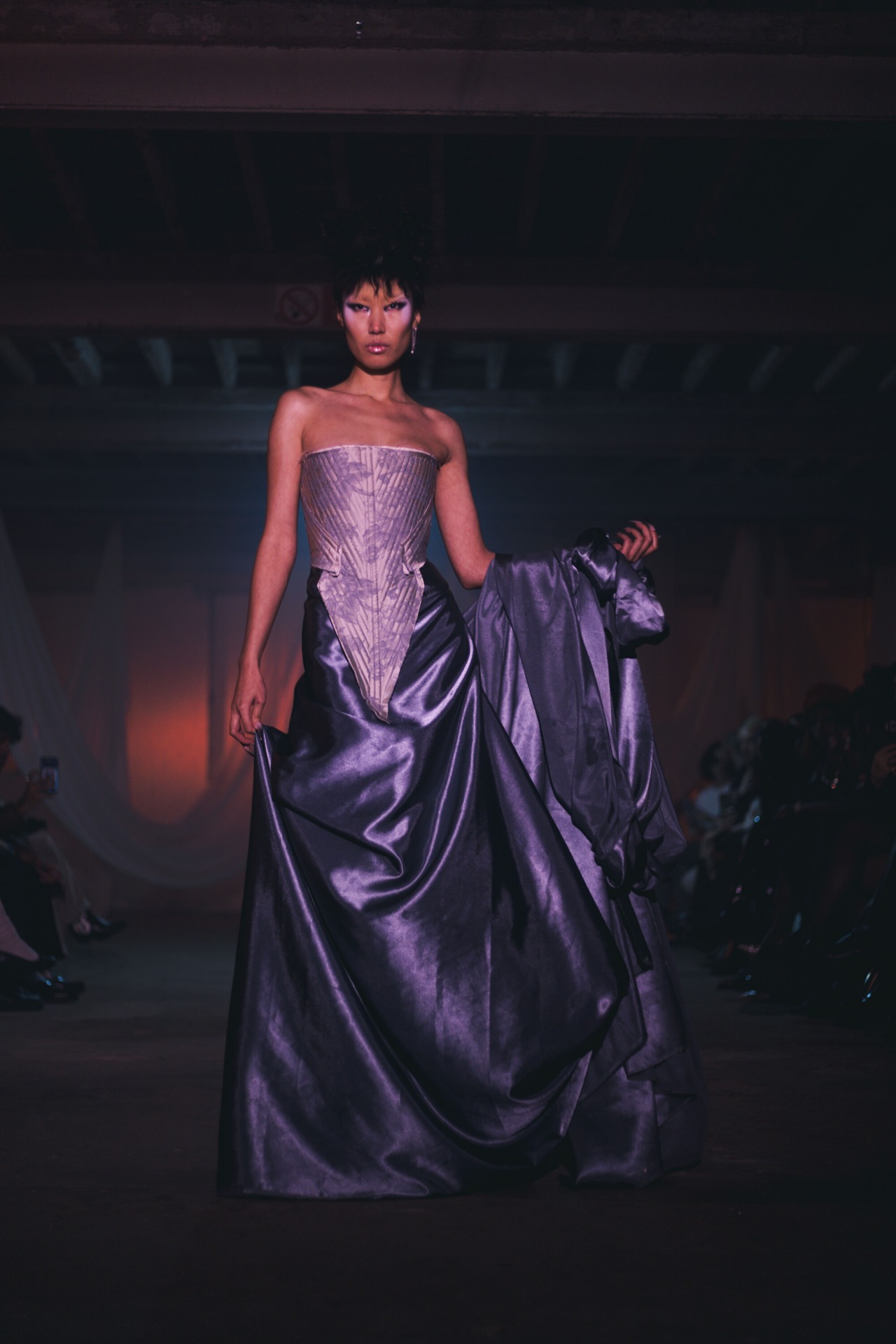
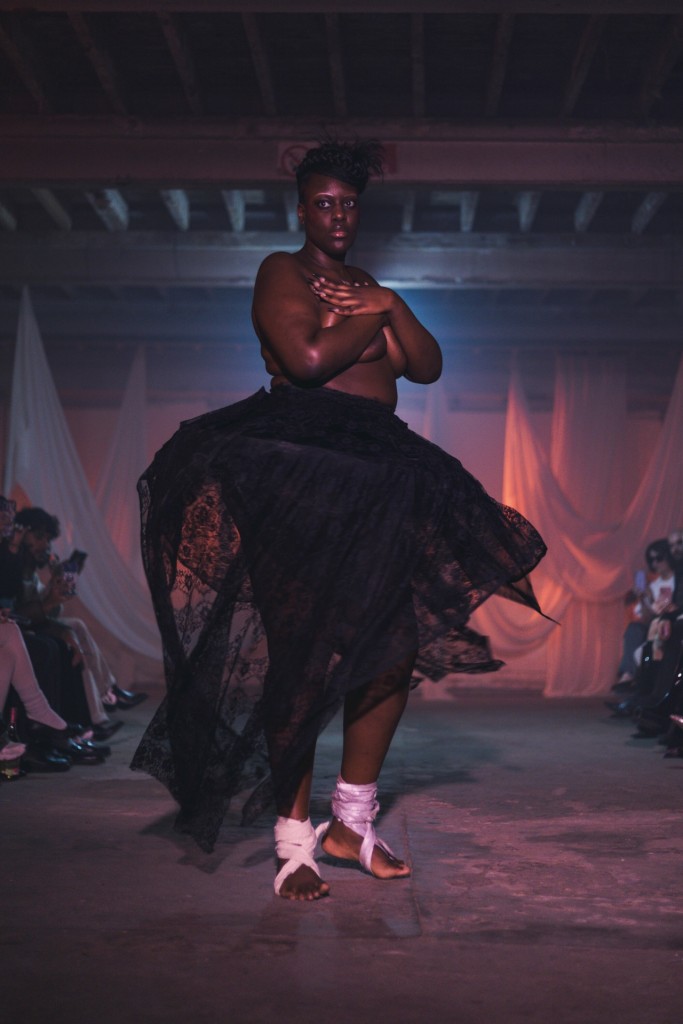
While decidedly inspired by historical fashion, it is De Carvalho’s background in fine art that is visible in his approach to silhouettes – at times his models feel like living and breathing installations. This was perfectly exemplified by the topless model in a hoop skirt bobbing up and down as she sashayed down the runway, at once a celebration of the female form and fashion. While many young brands cite diversity as one of their key values, Carvalho is one of few to actually deliver this on their catwalk. Opened by extraterrestrially striking trans model Maxim Magnus in a sheer lace dress, De Carvalho draped his creations over sassy models of different shapes, genders and ages. Overall, ‘Tormentum’ was a memorable debut from Brian De Carvalho, with plenty of attitude and creativity showing his vision beyond the viral horned corsets.
Follow Brian De Carvalho on Instagram
Photography: Brandon Hepworth
Words: Florentyna Syperek
